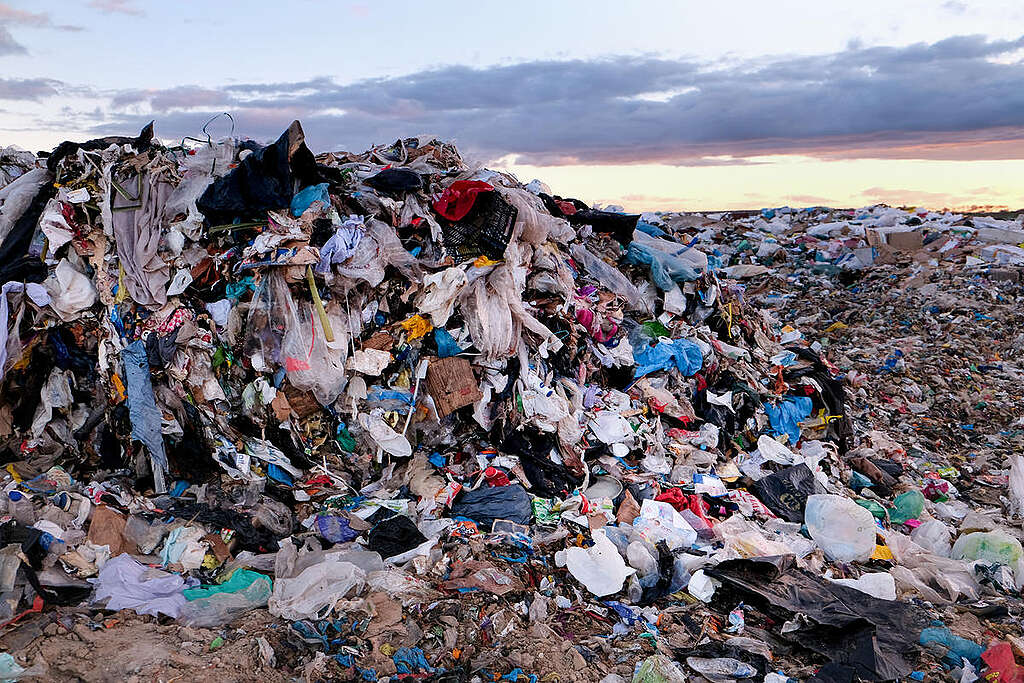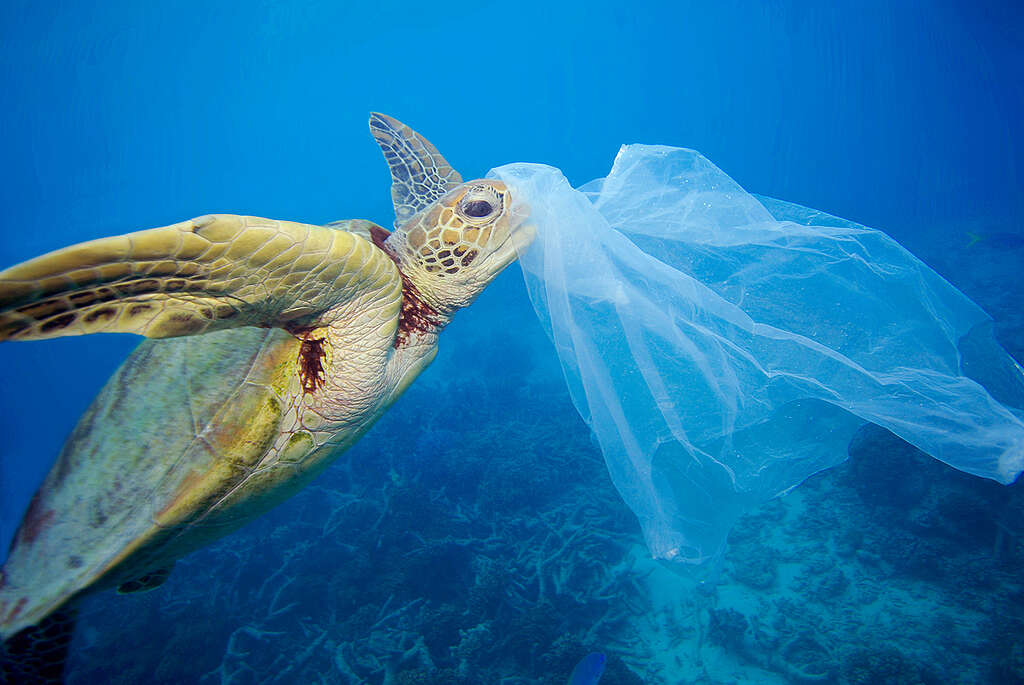Understanding the Plastics Crisis
The world has produced an astonishing amount of plastic since the 1950s—roughly the same weight as 88 million blue whales. Despite its detrimental impacts on health, communities, biodiversity, and climate, global plastic production continues to rise.

Here are some crucial facts about plastic production, waste, and the urgent need for effective solutions.
10 Facts About Plastic
- Scientists have estimated that by 2017 the total amount of plastics produced since 1950 amounts to approximately 9.2 billion tonnes. To visualise that would be the equivalent to the mass of roughly 1.2 billion elephants or 88 million blue whales.1
- Half of the cumulative total of primary plastics produced globally has been since 2004.1
- By the end of 2018, an estimated 6900 million metric tonnes of all primary plastic ever produced was in the waste stream, of which an estimated 76% was in landfill or in the environment, 14% was incinerated and 10% had been recycled.1
- By 2060, the global annual production of plastic is projected to reach 1.23 billion tonnes.2
- There are now an estimated 170 trillion plastic particles afloat in the world’s oceans. An estimated 640,000 metric tons of abandoned or lost fishing equipment, or ‘ghost gear,’ enters the ocean every year, equivalent in weight to more than 50 thousand double-decker buses. In total, the equipment makes up around 10 percent of the plastic waste in our oceans, entangling and killing marine life.3
- Plastic packaging continues to be the dominant use of plastic globally in the 2020s. Industry body PlasticsEurope estimates that in 2021, globally, 44% of all plastic was used for packaging, followed by building and construction (18% of global plastic applications), and the automotive industry (8% of plastic applications).4
- 99% of plastics are made from fossil fuels, and Big Oil is investing billions in plans to massively expand plastic production.5
- Over 90 percent of 39 commercially available table salt brands sampled from a number of countries around the world in 2017 contained microplastics.6
- A 2021 Greenpeace report found that half of the household plastic packaging that the government claims is recycled is actually exported, mainly to countries that have a low recycling rate where plastic is at high risk of being dumped and burned.7
- If business continues as usual, plastic production is set to triple by 2050 (based on 2014 baseline).8
These disturbing facts about plastic and waste underscore the urgent need for a global shift in how we handle plastics. Recycling and waste management alone cannot solve the plastics crisis. We need robust international policies and corporate responsibility to significantly reduce plastic production and promote sustainable alternatives. Only by addressing the root causes can we hope to create a sustainable and plastic-free future.

Governments around the world are now negotiating a Global Plastics Treaty – an agreement that could solve the planetary crisis brought by runaway plastic production. Let’s end the age of plastic – sign the petition for a strong Global Plastics Treaty now.
Sign petition- Geyer, R. (2020). Chapter 2 in: Plastic Waste and Recycling, Letcher T M (Ed.), Academic Press, Cambridge, MA, USA (March 2020) Production, use, and fate of synthetic polymers
- Geyer et al. (2017); OECD (2022) – with major processing by Our World in Data. “Annual plastic production between 1950 and 2019” [dataset]. Geyer et al., “Production, use, and fate of all plastics ever made”; OECD, “Global Plastics Outlook – Plastics use by application” [original data].
- A growing plastic smog, now estimated to be over 170 trillion plastic particles afloat in the world’s oceans—Urgent solutions required https://journals.plos.org/plosone/article?id=10.1371/journal.pone.0281596
- PlasticsEurope. Plastics – the Facts 2022. Published online October 2022. Available at: https://plasticseurope.org/wp-content/uploads/2023/03/PE-PLASTICS-THE-FACTS_FINAL_DIGITAL-5.pdf
- Center for International Environmental Law. Fossils, Plastics and Petrochemical Feedstocks. [undated]. Available from: https://www.ciel.org/wp-content/uploads/2017/09/Fueling-Plastics-Fossils-Plastics-Petrochemical-Feedstocks.pdf
- Ji-Su Kim, Hee-Jee Lee, Seung-Kyu Kim, and Hyun-Jung Kim. ‘Global Pattern of Microplastics (MPs) in Commercial Food-Grade Salts: Sea Salt as an Indicator of Seawater MP Pollution.’ Environmental Science & Technology 2018 https://www.greenpeace.org/usa/news/over-90-of-sampled-salt-brands-globally-found-to-contain-microplastics/
- Greenpeace. Trashed How The Uk Is Still Dumping Plastic Waste On The Rest Of The World. https://www.greenpeace.org.uk/wp-content/uploads/2021/05/Trashed-Greenpeace-plastics-report-final.pdf
- http://www3.weforum.org/docs/WEF_The_New_Plastics_Economy.pdf (2016)


